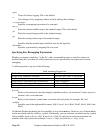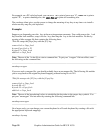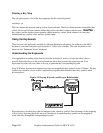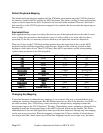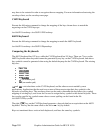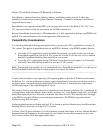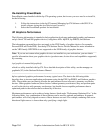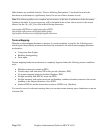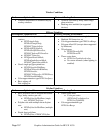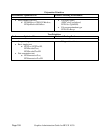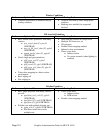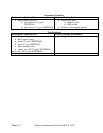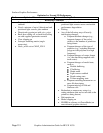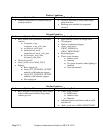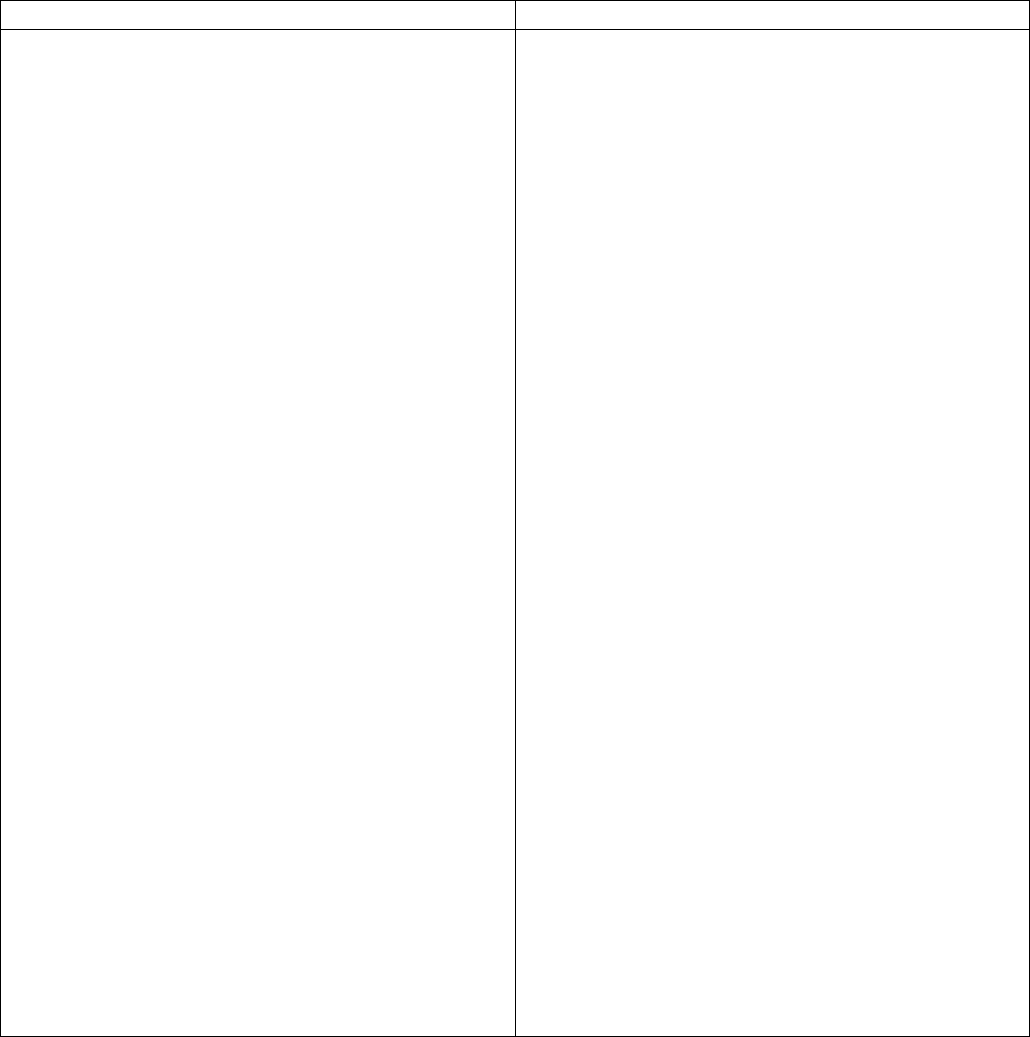
hp PEX Graphics Performance
Optimized vs. Normal 3D Performance
Rendering Conditions
Performance Optimized For: Factors Affecting Performance:
• Light sources:
o Best: up to 8 directional light
sources, plus ambient
o Good: a mixture of up to 8
directional and positional light
sources, plus ambient
• Directional eyepoint (this is the default in
hp PEX unless compliance mode is
enabled)
• Back-face culling off, or back-face culling
on with supplied geometric normals
(culling usually results in a performance
improvement)
• View clipping on
• Isotropic modeling matrix (angle-
preserving)
• Color approximation type PEXColorSpace
• OCC primitives
• Packed or stride data format
• A total of more than 8 directional and
positional light sources cause a noticeable
performance degradation
• Picking
• Any of the following ways of heavily
interleaving changes:
o Frequent attribute changes (e.g.,
frequent changes of line color)
relative to the number of primitives
being drawn
o Frequent changes of the type of
primitive (e.g., switching between
Fill Areas and Polylines at a high
frequency)
o Frequent changes of vertex
attributes (i.e., the data being
supplied with each vertex)
o Frequent changes of modal state,
such as:
Double-buffering
(especially MBX or DBE)
HLHSR mode or ID
Light sources enabled
Depth cueing state
Texture mapping state
o Frequent switching between two or
more active Renderers
o Frequent mixing of Xlib and hp
PEXlib calls
• Redundant or unnecessary setup (e.g.
setting attributes that are not relevant to the
primitives being drawn)
• Deformation on
• Model clipping on
•
HLHSR in software via PowerShade (on
unaccelerated graphics devices)
Graphics Administration Guide for HP-UX 10.20
Page 106



